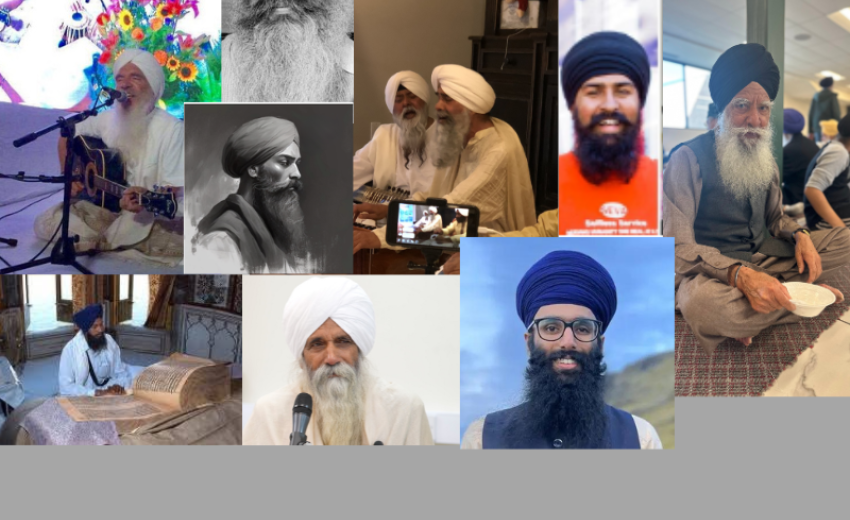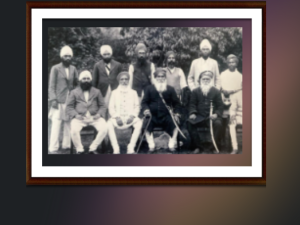The cultural and religious practice of maintaining unshorn hair, known as Kesh, within Sikhism holds profound significance and multifaceted virtues, marking it as an invaluable spiritual emblem and a symbol of identity. This distinctive tradition, integrated into the fabric of Sikh existence, finds its roots in historical and religious contexts, symbolizing saintliness and nobility. Symbols, as integral components of human life, carry profound meanings. Kesh, as the spiritual crown of the human body, echoes in the histories of sages, prophets, and saints across various religions. References in Hindu religious books underscore the sanctity of unshorn hair, emphasizing its significance through verses such as "Every person should keep unshorn long hair" (Rig Veda. 6:24).
The universality of this practice extends to founders and prophets of world religions, including Adam, Moses, Christ, Guru Nanak, and Mohammad. Noteworthy historical figures, such as Pythagoras and Plato, also embraced the tradition of Kesh. Even literature, like Longfellow's Saga of King Olaf, highlights the significance of hair.
In Sikhism, Guru Gobind Singh instituted the symbols of the Khalsa, including Kesh, emphasizing their indispensable role in fostering Sikh solidarity, unity, and strength. The Panj Piaras, baptized by Guru Sahib, became the embodiment of this commitment, receiving the title of Panj Pyare. Guru Gobind Singh's directive on the five K's was not exclusivist but aimed at preserving the collective life of the Sikh community.
The symbolism of Kesh extends beyond physical appearance; it represents an inner commitment to Sikh values. The Sikh belief in the Guru's divine identity mirrors the external identity maintained by adhering to the prescribed symbols. Guru Gobind Singh, in a profound statement, conveyed, "So long as the Khalsa maintains his identity, He shall remain imbued with my vitality."
Historical accounts narrate the sacrifices made by Sikhs to protect their unshorn hair during times of persecution. The tale of Bhai Taru Singh, who chose death over surrendering his tress-knot, exemplifies the unwavering commitment to this symbolic practice. Beyond its spiritual significance, Kesh holds physiological importance as well. Scientifically, unshorn hair is recognized as a source of dynamic energy, absorbing solar radiation and contributing to the assimilation of vitamin D. Sikh history recounts instances where Sikhs faced atrocities to preserve their Kesh, emphasizing its vital role.
In conclusion, Kesh in Sikhism is not merely a physical attribute; it is a seal of faith, representing a commitment to righteous principles and serving as a source of strength. Guru Gobind Singh's visionary directive continues to resonate, guiding Sikhs in their journey of self-realization and spiritual development. This tradition, rooted in spiritual and historical depth, stands as a testament to the enduring values of Sikhism.





